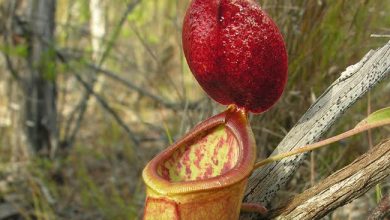Ash Pests and Diseases: How to Identify and Treat Them
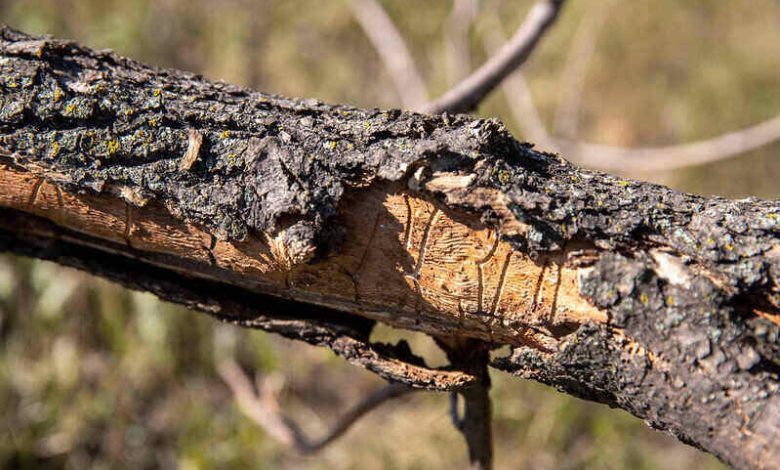
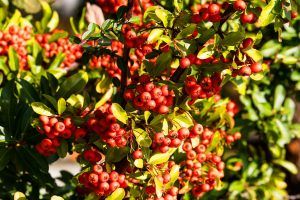 The ash is a tree that has become very valuable in the agricultural world due to the quality of its wood and the aroma it gives off.
The ash is a tree that has become very valuable in the agricultural world due to the quality of its wood and the aroma it gives off.
It is located in areas with good access to water naturally, such as the areas surrounding rivers, although it does not accept flooded land.
It is not a very resistant species nor is it very delicate, but rather it needs certain very specific care to stay healthy throughout its life.
And that is exactly where the importance of knowing the pests and diseases of the ash and the most useful strategies to combat them is generated. Here we will see them and you are our guest of honor, shall we begin?
acronecrosis
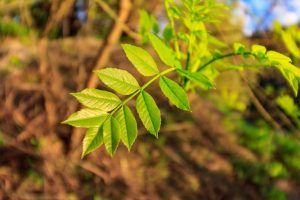 It is a disease caused by a fungus known as Chalara Fraxinea and it is a particularly deadly version in ash trees.
It is a disease caused by a fungus known as Chalara Fraxinea and it is a particularly deadly version in ash trees.
Its attack capacity is given in trees of this type regardless of their age, so it can become a real headache.
The symptomatology that it presents includes necrosis in the branches, withered leaves and desiccation of the parts of the plant.Unfortunately, there is no type of treatment that has proven to have an effective action against it.
For this reason, the only possible alternative to deal with it and avoid contagion to other trees is to cut down and burn the affected specimens.
ash TB
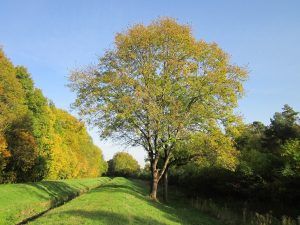 It is a disease that has its origin in the bacteria known as Pseudomonas Syringae which creates a series of cankers in the structure of the plant.
It is a disease that has its origin in the bacteria known as Pseudomonas Syringae which creates a series of cankers in the structure of the plant.
To be activated, it likes the environment to have a certain level of humidity plus a cool temperature ranging from 12º to 25º C.
The accommodation space for the bacteria is usually in the seeds, spreading later thanks to the rains and penetrating the ash trees through the wounds.
The tumors appear in an isolated form in the first instance to later go on to form chains when they are more advanced. The action also causes new shoots to be born with deformities and the plant looks in poor condition.
To recognize this disease and stay away from others that cause cankers, it is important to appreciate that it affects all parts of the plant. Upon detection, it is essential to apply localized pruning to affected areas.
It is also important to use approved treatments for this type of bacteria, of the cupric type.
abraxas pantaria
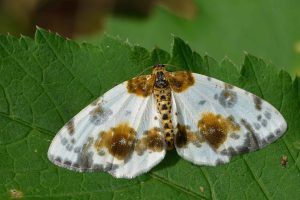 It is a pest that belongs to the Lepidoptera family and whose damage only applies to ash trees.
It is a pest that belongs to the Lepidoptera family and whose damage only applies to ash trees.
In its larval phase it is located on the leaves, consuming them and causing as a result a defoliation that becomes very evident.
It is important to pay attention to the changes that occur in ash trees in this regard, because abraxas pantaria can completely defoliate a tree.
The attack on the pest will only be effective when it is administered in the early stage of the larvae, preferably using powdered insecticides.
The incorporation of dipteran parasites such as the Pales Pavida, for example, into the habitat has also given good results.
Emerald Ash Borer
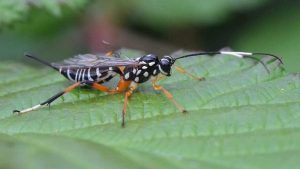 The emerald borer is an insect that has a build somewhere between a beetle and a wasp.
The emerald borer is an insect that has a build somewhere between a beetle and a wasp.
It is one of the pests that is currently causing the most headaches in the spaces where there are ash trees in North America.
It has an action system that on many occasions (more than is desirable) culminates in the total loss of the specimens. This effect occurs because the adult, which hardly causes any damage to the ash trees, opens a hole in the base of the tree trunk when it is time to lay its eggs.
The larvae are the real executors of the conflict because they penetrate inside the tree consuming the life resources.This, in addition to reducing vigor and health, also causes the trees to lose their internal operational capacity, preventing them from breathing and transporting nutrients.
As a result, the tree ends up withering. It is a very worrying pest because it is easy to move from one ash tree to another and its control has become a complex issue.The application of approved insecticides for this pest is usually the only alternative and is preventive.
This means that it is necessary to apply them before the pest appears, covering the areas where it prefers to lay its eggs. To maximize the protection potential, the product is often applied even in the ground around the base of the ash trees.
root rot
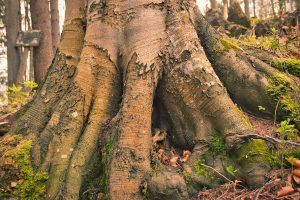 Ash trees need watering, yes, but when it becomes excessive, the plant begins to «drown» and manifest an imbalance around its health.
Ash trees need watering, yes, but when it becomes excessive, the plant begins to «drown» and manifest an imbalance around its health.
The symptoms are especially evident in the leaves, which begin to look yellow and can even turn brown.
In most cases, people tend to think that there is a period of drought and the situation is further complicated by applying more irrigation. The ideal in these cases is to check the state of the soil, introducing a twig and verifying the conditions in which it comes out.
If clinging wet soil occurs, it is best to wait before watering again. It is also essential that you have land with proper drainage to get rid of excesses, should they occur.
Unfortunately, root rot is often a problem in many crops as we tend to think that the more water, the better.
Ash pests and diseases are very specific because it is a species with defined and particular characteristics. Being such a valuable type of tree for humanity, it is quite worrying when they suffer some kind of chain damage.
And this is happening. Entire plantations of ash trees in Denmark and the United States are being lost to pests and diseases. If you don’t want this to happen with your copies, avoid trusting yourself and always keep your attention on them so that you act as soon as possible if any change occurs.
Bibliographic references
- Biological observations on the ash caterpillar Abraxas pantaria L, JL Vives Comallonga, FJ Ripol Noble, R Bardia Bardia – 1945 – fonsantic.upc.edu
- Description of the biological cycle and damage of the false ash caterpillar Macrophya hispana Konow, 1904 (Himenoptera Tethredinidae) in the central area of …, S Soria – Boletin de sanidad vegetal pestas (Spain).(, 1996 – mapa.gob.es
- Whitefly (Paraleyrodes sp.) preference for avocado cultivars (Persea americana Mill.) in Fresno, Tolima, PV Sierra, LF Quiroga… – Science & Technology…, 2014 – revistacta.agrosavia.co
- Description and life cycle of the ash bug, JF González, DC Tovar, AV Morales… – Ra Ximhai: magazine…, 2007 – uaim.edu.mx
- News about plagues of urban public trees in Mendoza, C Ganci – Multequina, 1995 – redalyc.org

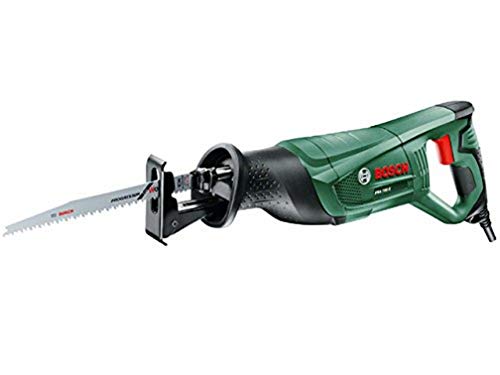

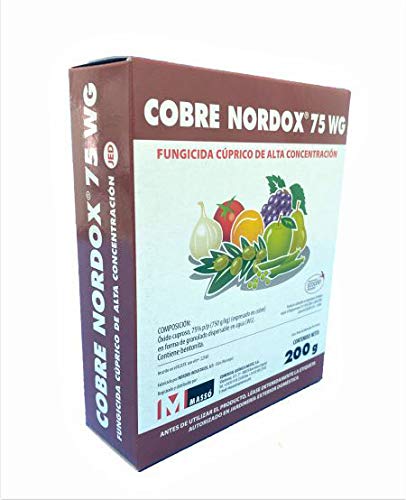
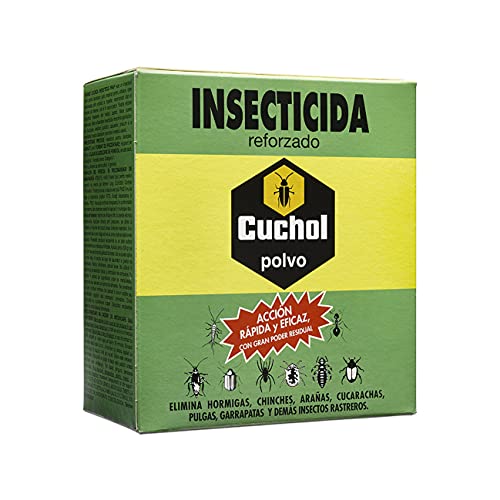
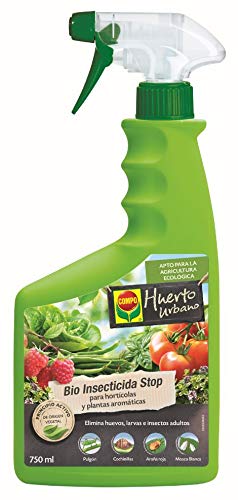
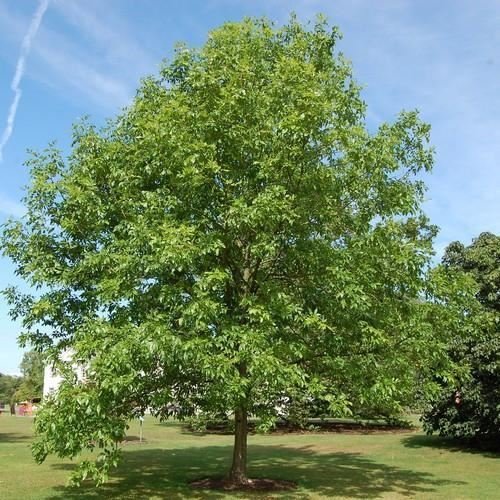
![Photo of Complete Guide on How to Plant Red Salvia: [Images + Step by Step]](https://www.complete-gardening.com/wp-content/uploads/2022/08/complete-guide-on-how-to-plant-red-salvia-images-step-by-step-390x220.jpg)
![Photo of Blue Flowers: [10 Examples, Care, Characteristics]](https://www.complete-gardening.com/wp-content/uploads/2022/08/blue-flowers-10-examples-care-characteristics-390x220.jpg)
